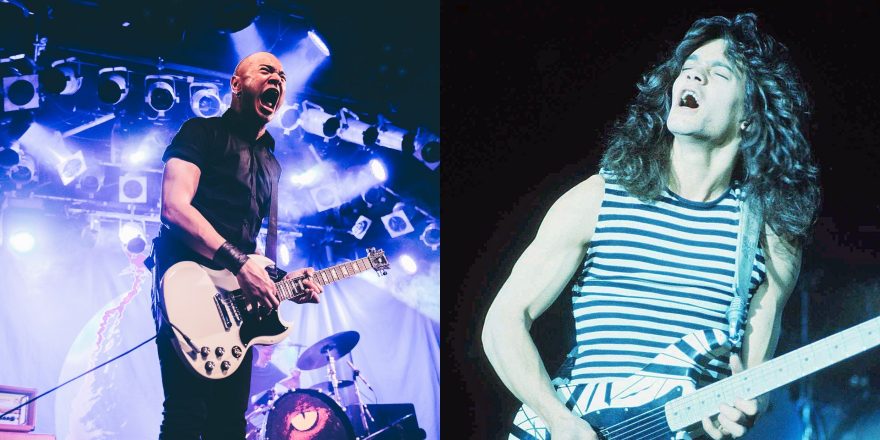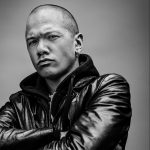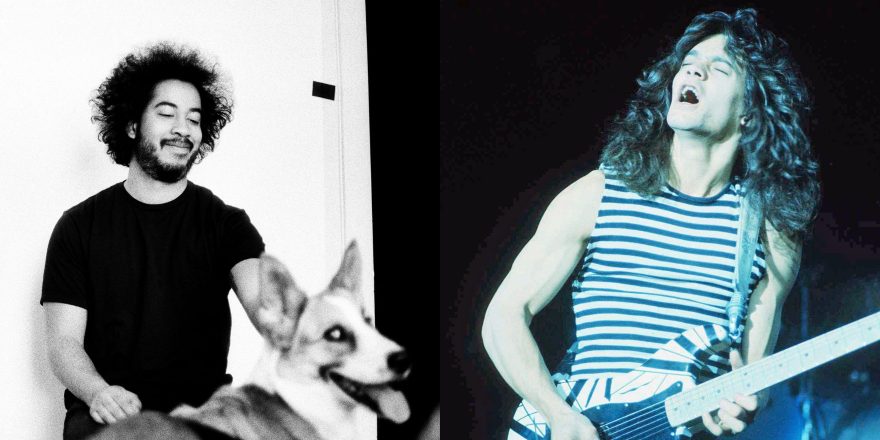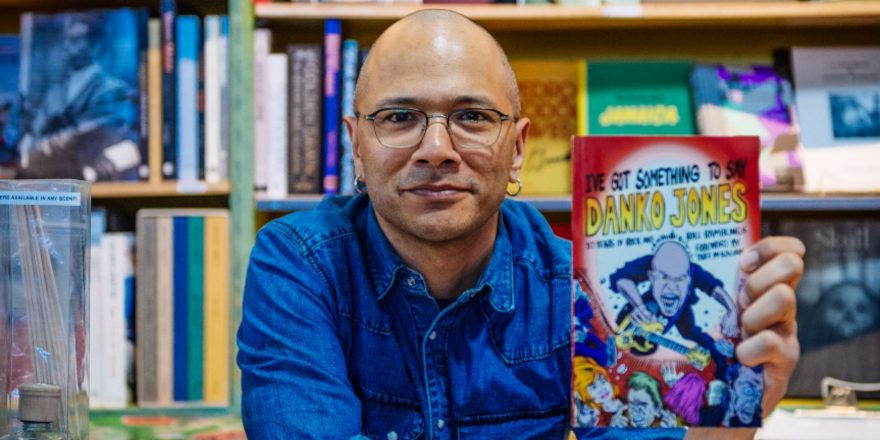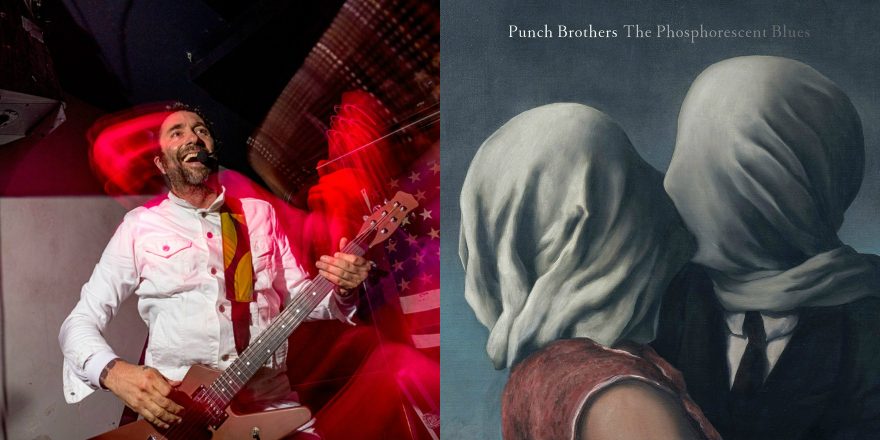When Eddie Van Halen passed away on October 6, 2020, it was like a sucker punch to the gut. In no time, the tributes and testimonies filled the internet. This was more than a distinguished music figure passing, this was someone who was beloved as much as he was revered. This was someone who had accompanied a legion of fans through their teen years into adulthood. For me, he was the reason why I picked up the guitar in the first place and remains my favorite guitar player of all time.
Not to diminish any of these heartfelt Eddie Van Halen testimonials but what more is there left to say that hasn’t already been stated while he was alive? Eddie Van Halen has long been considered an unparalleled virtuoso who changed how people heard the guitar and inspired a generation of players. He was beloved by millions and the stadium throngs who clamored to hear him play confirmed and conveyed this adoration. If there’s any consolation, recognition and respect were lavishly paid to him to satisfy 10 lifetimes.
However, Van Halen’s output from the late ’80s into the mid-’90s, while bringing them continued success, made it harder and harder for the hard rock faction of their audience to stay onboard due to the endless parade of mawkish love ballads. Full transparency, it was here where I got off the Van Halen train as my musical exploring made me scout for wilder untamed racket. Still, no matter how far my musical tastes took me, I would constantly revisit the earlier part of the VH discography.
One day, while reading an article on Van Halen to celebrate their 2012 reunion album with David Lee Roth called A Different Kind Of Truth, it was casually mentioned that in 1983 Eddie Van Halen and Valerie Bertinelli rented out Marvin Hamlisch’s summer house. During their stay, and without asking permission, Eddie took a chainsaw to Hamlisch’s piano and recorded the noise. Coins and batteries thrown on ripped piano strings, mad banging on broken black and white keys, it was all put to tape. Twelve years later, on Van Halen’s Balance album, sandwiched in-between conventional hard rock song, “Big Fat Money” and routine love ballad “Not Enough,” Eddie shrewdly snuck in a track called “Strung Out.” It was a minute and 29 seconds of the Hamlisch summer house recordings — pure noise.
Finding out the story behind “Strung Out” was revelatory for me. Here I was searching the ends of the earth to find the most ferocious insane music, while my childhood favorite, I casually overlooked, contained a musical madness all this time.
When one stops and thinks about it, of course a musical genius like Eddie Van Halen would eventually grow tiresome of the hamburger rock world that he helped build. Someone whose musical prowess was miles beyond his peers would most certainly view the predictable 4/4 stomp and the accompanying puerile lyrics of hard rock as somewhat child’s play. Despite the mega-success he acquired, he had to have felt like a prisoner, trapped by his own creation.
The accoutrements of success (fast cars, big money, beautiful women, and endless adulation) are easy distractions that help calm and soothe the bucking and braying of wild, unpopular musical urges. One can’t blame Eddie Van Halen for trading in dubious musical ambition for surefire megastardom.
And yet, digging deeper into this mysterious pop culture icon, more evidence points to my assertion of him as frustrated artist. On the Van Halen album 1984, the title track is a one minute and nine second synth piece, à la Vangelis or Jean Michel Jarre, that fades out to usher in their biggest pop hit, “Jump.” At the time, it felt like a bold declaration from Eddie that he was expanding the band’s sound with keyboards in defiance of hard rock’s close-mindedness. In recent years, everything that’s been uncovered about the track hints that it was only a minute and nine seconds of a larger 30-minute piece that has never been released. Almost as if Eddie knew a minute was all his stock rock crowd could handle with something a little off-centre.
To most rock fans, Eddie Van Halen’s musical career reached its zenith and beyond. To the wider pop culture audience, Van Halen songs like “Jump,” “Unchained,” and “Right Now” are enough to ensconce him in the prestigious halls of pop culture forever, alongside Cole Porter, Duke Ellington, and Ennio Morricone. But I can’t help having an itchy hunch that underneath the hard rock guitar tapping and whammy bar antics lay a phantom of the opera type monster, capable of scaling musical heights that nobody would or could ever dare scale. He was simply that brilliant.
Rest In Peace, Eddie Van Halen


